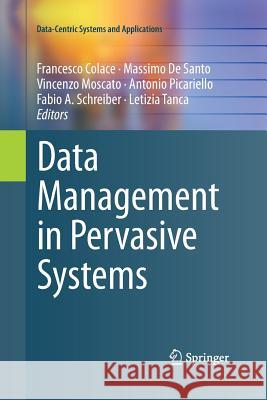Data Management in Pervasive Systems » książka
topmenu
Data Management in Pervasive Systems
ISBN-13: 9783319372655 / Angielski / Miękka / 2016 / 366 str.
Kategorie:
Kategorie BISAC:
Wydawca:
Springer
Seria wydawnicza:
Język:
Angielski
ISBN-13:
9783319372655
Rok wydania:
2016
Wydanie:
Softcover Repri
Ilość stron:
366
Waga:
0.54 kg
Wymiary:
23.39 x 15.6 x 2.03
Oprawa:
Miękka
Wolumenów:
01
Dodatkowe informacje:
Wydanie ilustrowane











